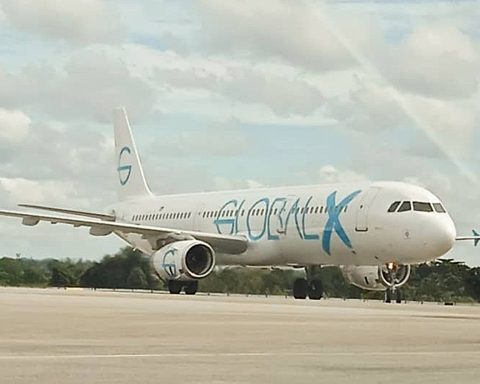The average growth of national exports from the Dominican Republic was 7.5% in the period 1990-2021.
The country was among the 20 fastest growing exports in the world.
In those 31 years there was a marked diversification of both the export basket and the destinations of Creole products and services”.
The data is contained in a study on the impact of exports on the national economy carried out by the Dominican Association of Exporters (Adoexpo) in collaboration with the firm Apricus Consulting Group.
At the regional level, the Dominican Republic ranks sixth in Latin America with the greatest export dynamism, only surpassed by Mexico, with 10.8%; Paraguay, with 10.5%; Brazil, with 9.6%; Ecuador with 9.5%; Costa Rica, with 9.1%.
According to this study, the Dominican Republic had the capacity to export some US$15 billion of goods in 2019, about 50% more than what was done.
In fact, only the 15 products with the greatest export potential represented opportunities for US$4 billion in 2019, which would have represented an increase of almost 40% of exports in that year.
The study states that in 2000, 88% of Dominican exports of goods went to the United States, in 2021 this percentage was barely 50% and another element that draws attention was the increase in exports to Asian countries, such as China. , India and Japan.
The increase in export sophistication in the Dominican Republic was motivated by the growth in the supply of medical devices and electronic equipment.
This dynamism in the export sector produced a significant inflow of foreign currency to the country, to the point that the net present value of exports of goods between 1993-2021 almost doubled the income from foreign exchange and was 1.5 times higher than the income from family remittances in said period,” he added.
The president of Adoexpo, Elizabeth Mena, indicated that the flow of foreign currency generated by the export of goods has helped the country to finance its imports and maintain the exchange rate stability that has characterized the Dominican economy for years.
The details of the study were presented by the economist Juan Ariel Jiménez, in a meeting organized by Adoexpo with editors and journalists.
The meeting is part of the organization’s strategic vision of continuing to strengthen ties with the media and the export sector.
“International experience has shown that small and open economies, like this one, depend on the world market to expand their production and achieve higher levels of socio-economic development,” said Jiménez.
He considered that with regard to the Dominican Republic, the export sector has had a marked dynamism over the years, both in the increase in the total exported and in the diversification of products and destinations, and the increase in the level of sophistication of our export basket.
“We have gone from being an economy that exported agricultural raw materials to the US market in the 1970s, to an economy that exported relatively complex manufactured goods and exported services to dozens of countries around the world,” said Juan Ariel Jiménez.
What has been happening as time goes by
Both Elizabeth Mena and the economist Juan Ariel believe that looking forward, there is still a lot of export potential to be taken advantage of, since various estimates show that the country could still export 50% more, for which the country launched the National Plan for the Promotion of the exports.
That plan to which he refers, contemplates tripling exports between 2020 and 2030. Achieving these goals would help greater economic growth, job creation and poverty reduction.
While in the 1970s the Dominican export basket was dominated by agricultural products such as sugar, coffee, cocoa, and tobacco (which is why the economy of that time came to be called “dessert”), by the 1990s tourism and textile manufacturing had taken off.
However, at the end of the 1990s and the beginning of the 21st century, the medical device and electrical equipment industries developed successfully, mostly in the Free Trade Zone model. Likewise, gold exports recovered, this time with significant foreign direct investment.
















